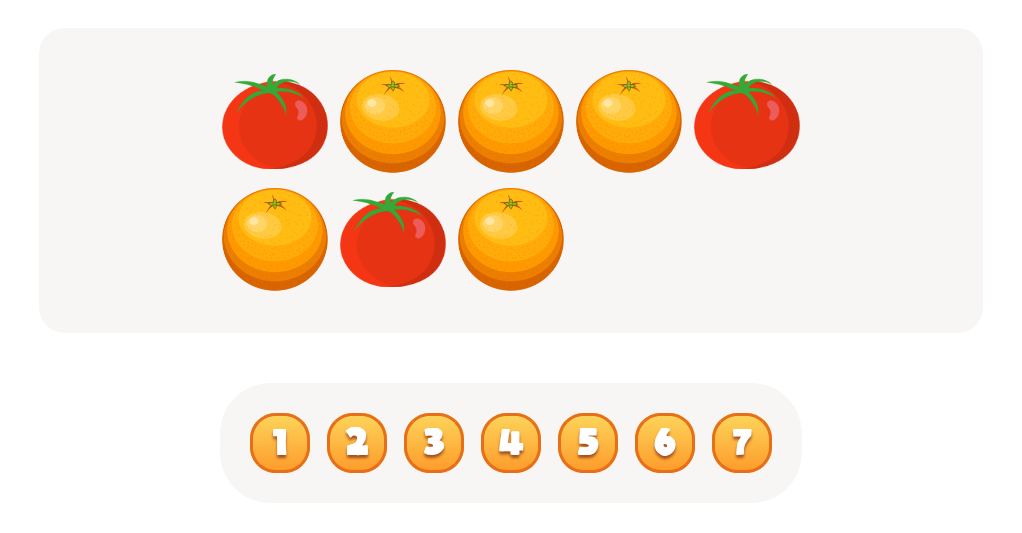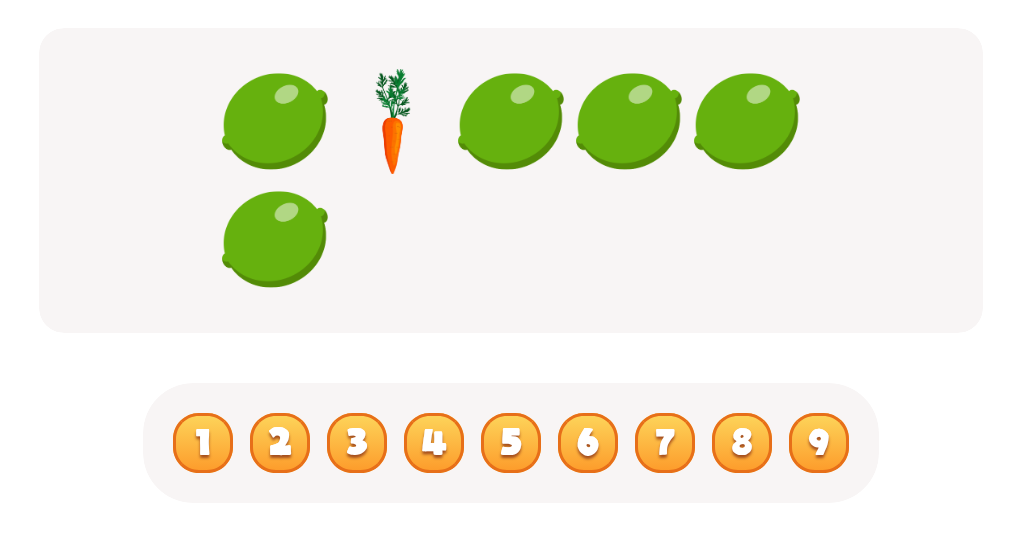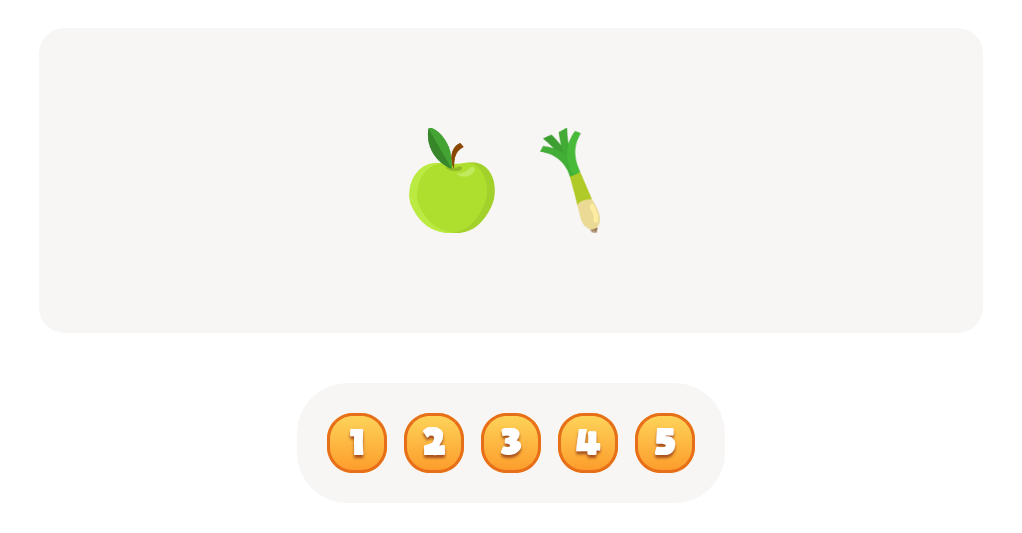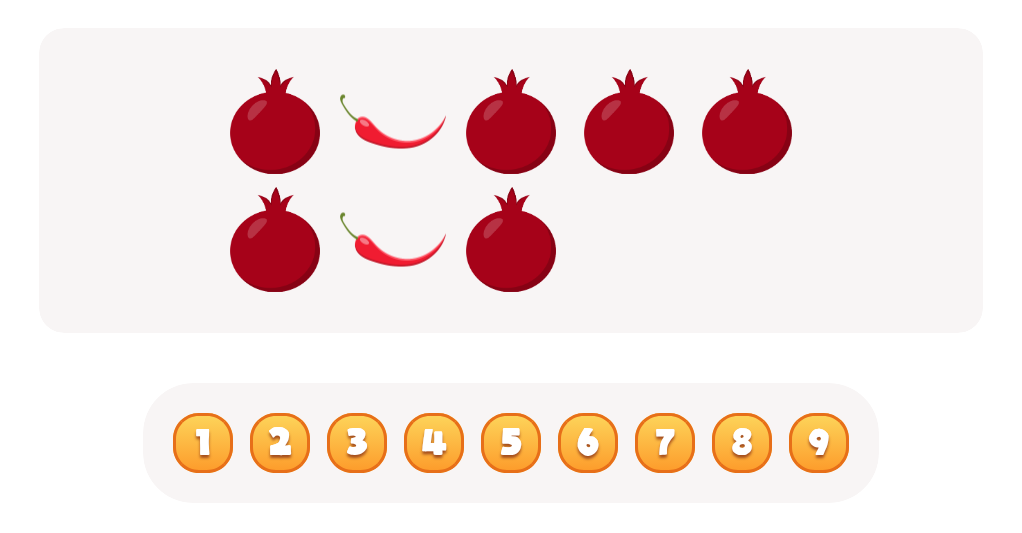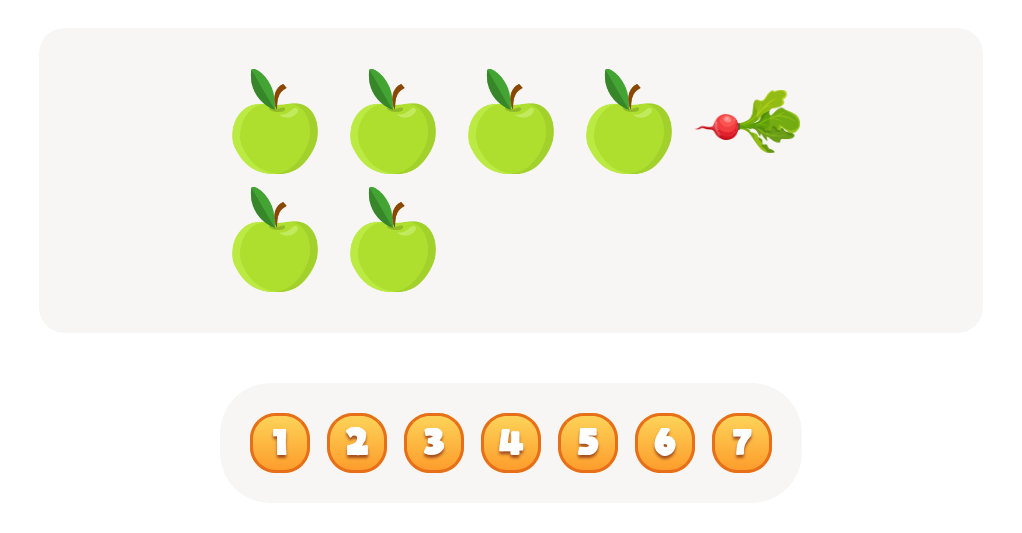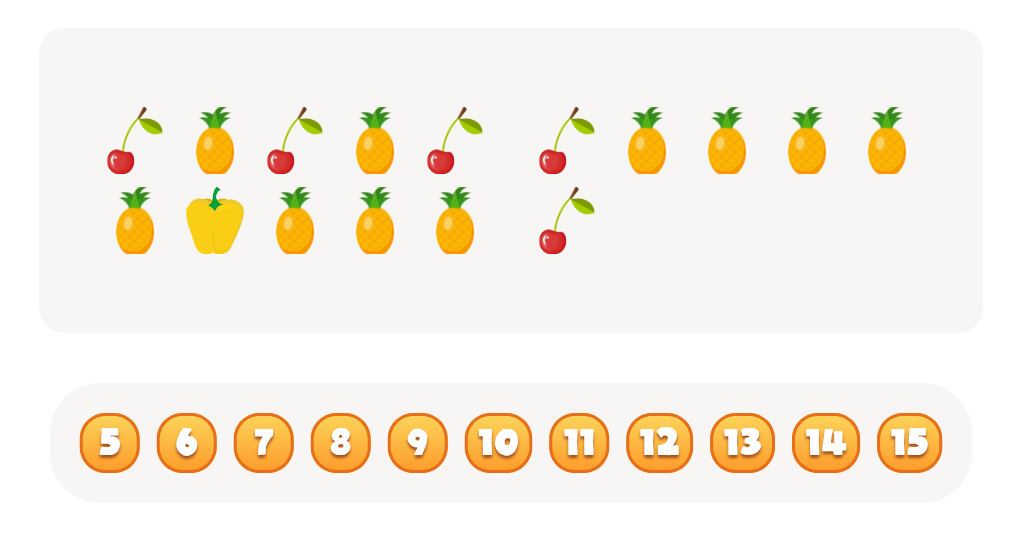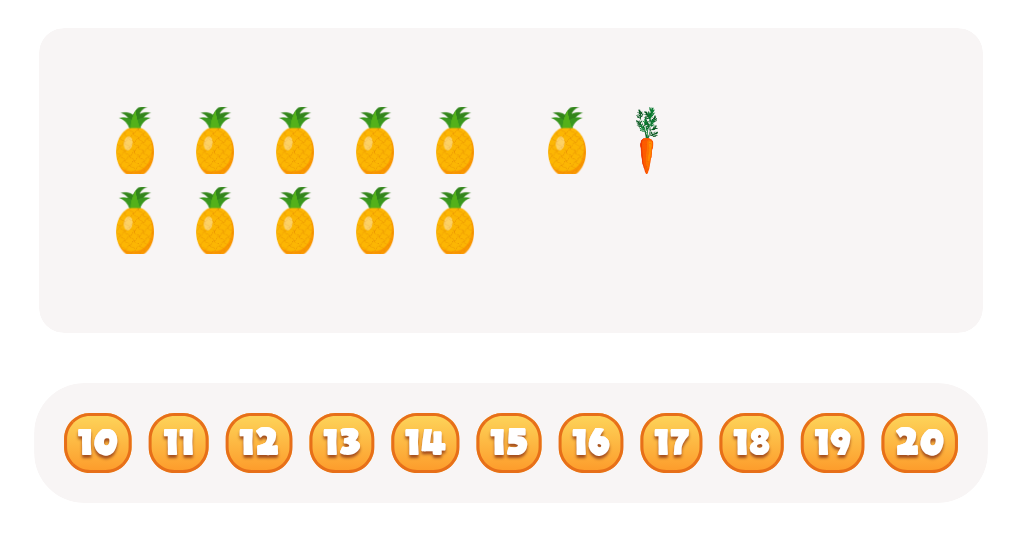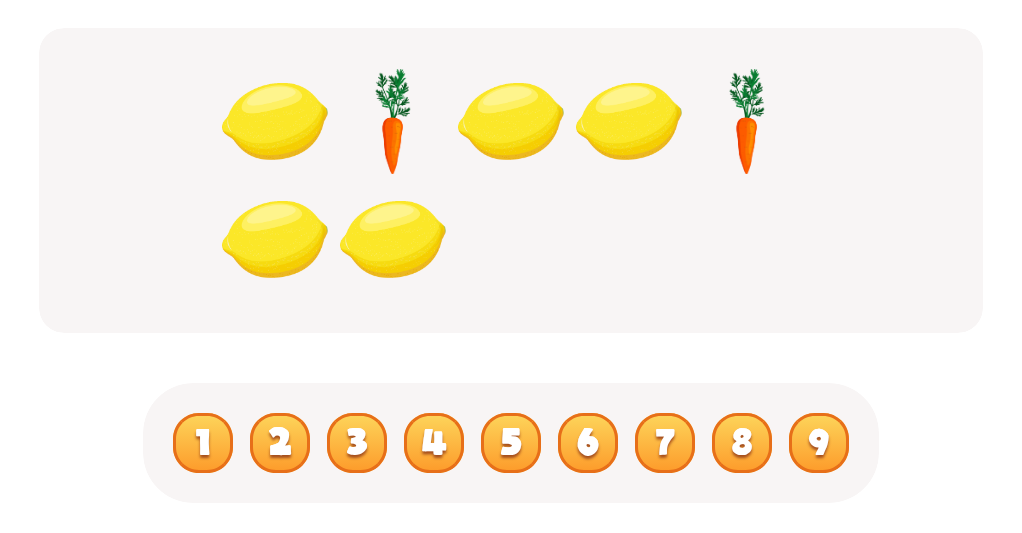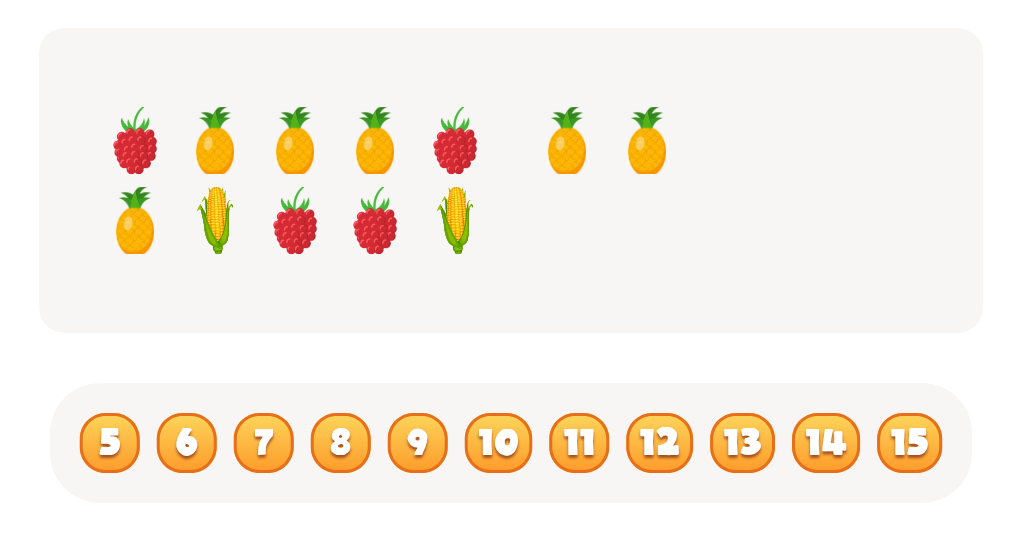Counting skills Plants and Animals Worksheets for Ages 8-9
3 filtered results
-
From - To
Enhance your child's counting skills with our engaging Plants and Animals Worksheets, designed specifically for ages 8-9. These interactive worksheets blend science and mathematics, allowing children to explore the world of flora and fauna while practicing essential counting techniques. Each activity is tailored to captivate young learners, promoting critical thinking and reinforcing number recognition. From counting leaves and animals to solving simple math problems embedded in nature-themed contexts, your child will develop a robust understanding of both subjects. Perfect for home or classroom learning, these worksheets provide a fun and educational way to foster a love for learning about plants and animals.
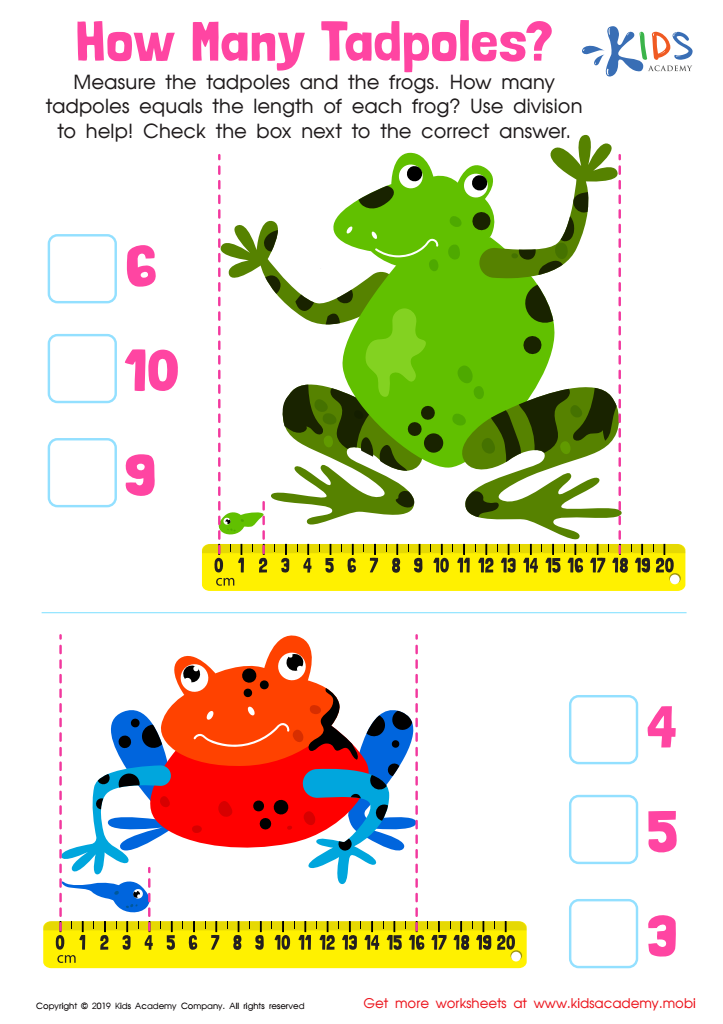

How Many Tadpoles Worksheet
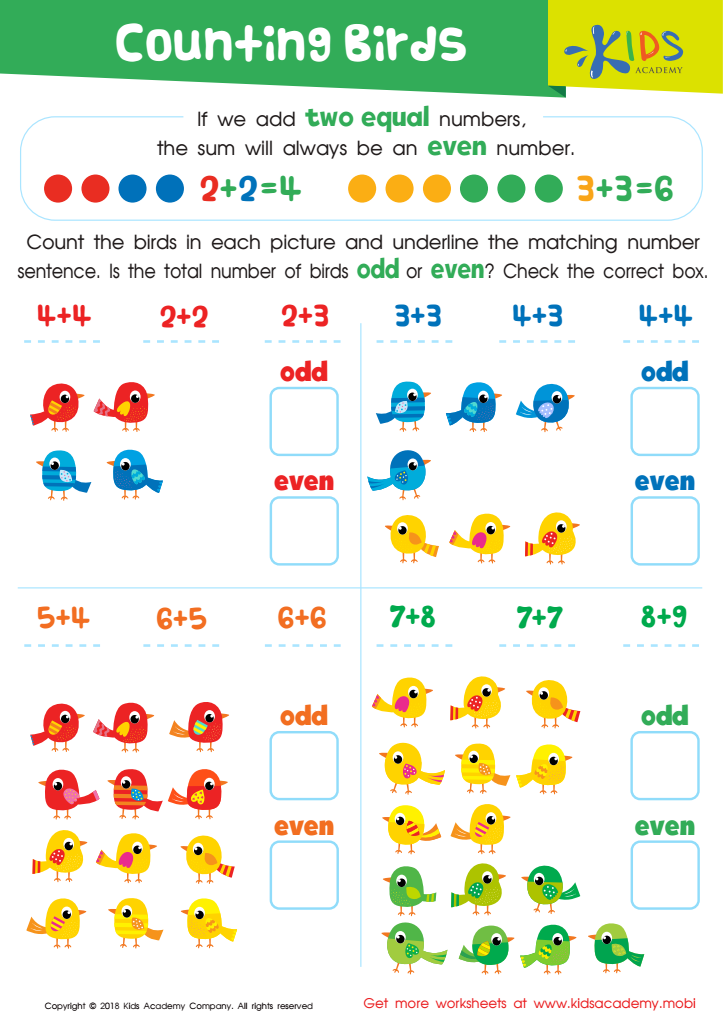

Counting Birds Worksheet


Horses Worksheet
Counting skills are foundational for children aged 8-9, and incorporating the context of plants and animals enhances this learning. At this age, children are developing their arithmetic abilities and need practical and engaging applications for these skills. Understanding how to count and categorize plants and animals promotes not only mathematical proficiency but also a deeper appreciation for biodiversity and ecology.
By incorporating counting with plants and animals, children learn to recognize patterns, make observations, and collect data in a tangible way. For instance, counting the number of different types of leaves or animals in a backyard or local park allows students to connect math with the natural world. This hands-on experience bolsters analytical thinking and encourages curiosity about environmental sciences.
Moreover, learning about ecosystems fosters responsibility and respect for living organisms. Teachers and parents can integrate fun activities—like nature walks or garden projects—that require counting to teach problem-solving skills in a relatable context.
Ultimately, grasping counting skills through the lens of plants and animals not only cultivates essential math competencies but also nurtures observant, informed, and environmentally conscious individuals who may one day advocate for biodiversity and conservation. This holistic approach in education is invaluable for fostering both academic and personal growth in children.
 Assign to My Students
Assign to My Students

